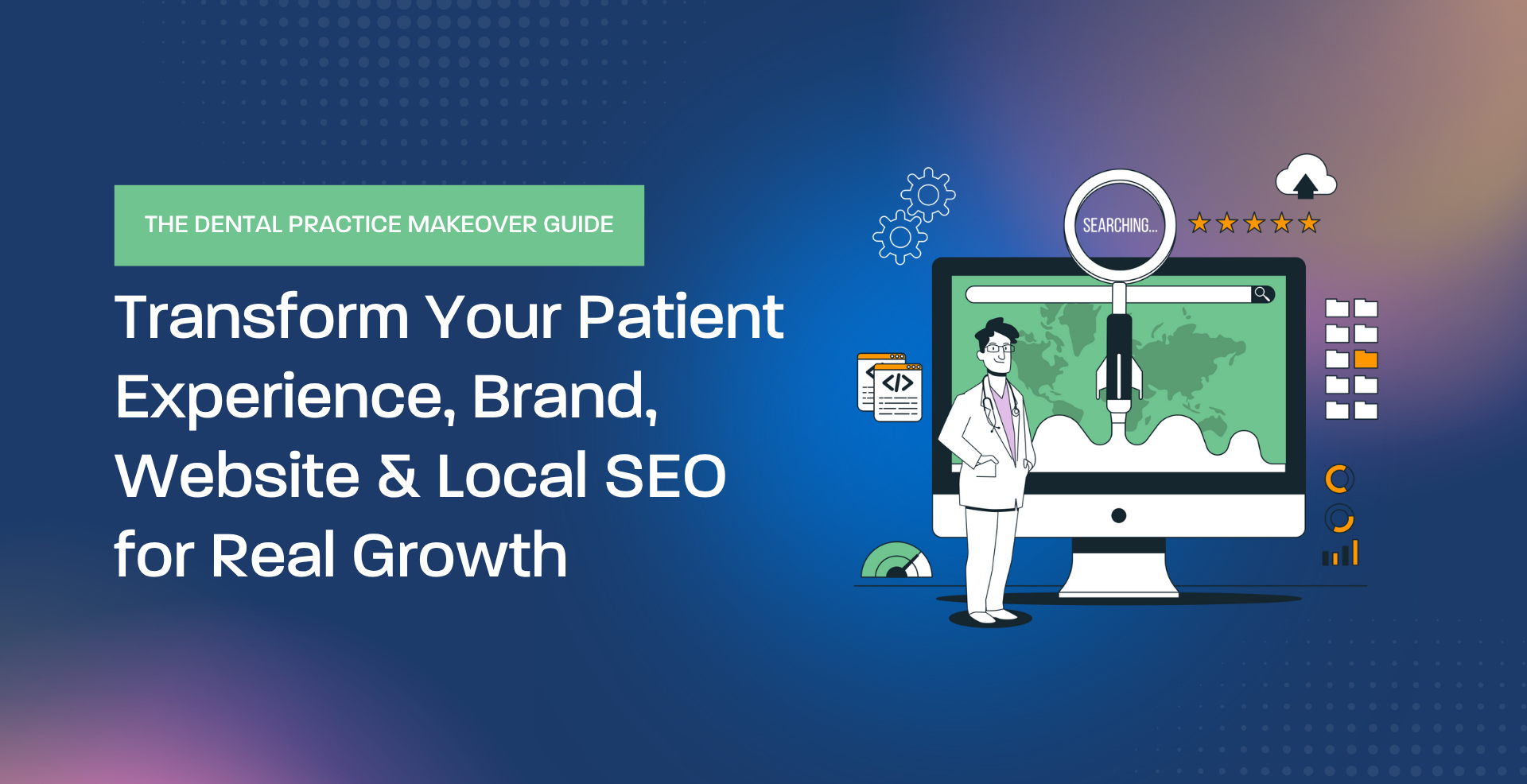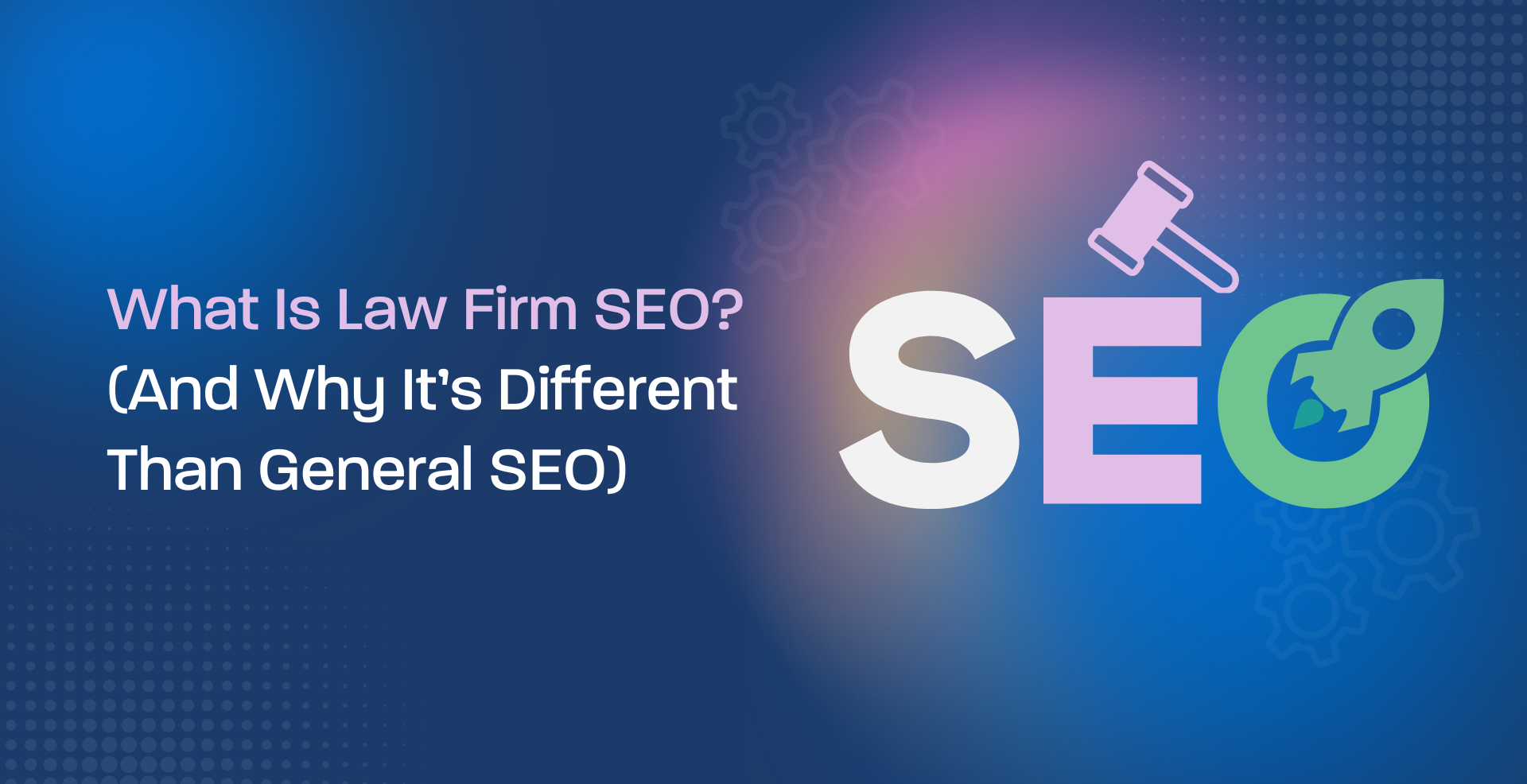In today’s digital age, reaching your target audience is no longer a one-size-fits-all game. Why? Prospective customers are bombarded with marketing messages across various channels, from social media to email to search engines. To stand out and convert these potential clients into loyal customers, you need a strategic approach. This is where the battle between omnichannel marketing and single-channel marketing unfolds. But which strategy delivers the best results? Let’s take a closer look and explore both sides of the coin.
Here’s omnichannel vs. single-channel
Imagine you’re a dentist trying to attract new patients.
- Single-channel marketing: This approach focuses on reaching your audience through one primary channel. You might choose to run print ads in a local magazine or launch a targeted social media campaign. While potentially effective, this strategy misses potential patients who might be searching for dentists online or relying on word-of-mouth referrals.
- Omnichannel marketing: Here’s where things get interesting. Omnichannel marketing orchestrates a cohesive experience across multiple channels. In our dentist example, you could run social media ads, optimize your website for search engines (SEO), and even offer downloadable teeth-whitening tips via email. All these touchpoints would be visually consistent and carry the same messaging, creating a unified brand experience for potential patients, no matter how they find you.
P.S. Need expert help with design, email marketing, social media management, and other marketing services? Geeks For Growth can help you drive growth for your business!
Benefits of omnichannel marketing
Think of omnichannel marketing as a well-rehearsed play – each channel plays its part in telling a compelling story. Here’s why it’s a winning strategy for businesses of all sizes:
Increased customer engagement
By being present across various channels, you’re more likely to connect with your audience where they spend their time. Imagine a lawyer specializing in family law. An omnichannel approach could involve informative blog posts, targeted social media ads for parents facing separation, and a user-friendly website with clear explanations of legal services. This increases the chances of potential clients finding the information they need, ultimately leading to engagement with the firm.
Enhanced customer experience
Consistency is key! Omnichannel marketing ensures a seamless experience across all touchpoints. A dentist’s website might offer online appointment booking, echoing the option available on their social media pages. This creates a sense of familiarity and trust for potential patients.
Personalized marketing
With data-driven marketing tools, you can tailor messaging and offers based on specific customer segments. Imagine an SME offering marketing services. They could use email marketing to send targeted newsletters with social media strategy tips to businesses that already have a strong online presence while offering website design consultations via email to those with a limited online footprint.
Boosted customer retention
Happy customers are loyal customers. Omnichannel marketing fosters positive brand perception by providing ongoing value and support across various channels. A lawyer specializing in real estate could offer informative webinars on the home-buying process through email marketing, while also sharing client testimonials on social media. This builds trust and encourages existing clients to return for future legal needs.
Measurable results
Omnichannel marketing allows for data analysis across platforms. You can track the effectiveness of each channel and make informed decisions about where to allocate your marketing budget. A dentist could analyze website traffic to see which social media platforms drive the most appointment bookings, allowing for a focus on the more successful channels.
Challenges of omnichannel marketing
While omnichannel marketing offers potential benefits, it’s not without its challenges. Here’s a breakdown of some key hurdles you might encounter and how to navigate them:
- Complexity and Resource Management: Omnichannel marketing requires juggling multiple channels, content creation, and audience engagement strategies. This can be overwhelming for small businesses or those with limited marketing resources.
- Solution: Start small and prioritize the channels where your target audience spends the most time. Gradually expand your reach as you acquire resources and expertise. Utilize project management tools and marketing automation platforms to streamline workflows and optimize resource allocation.
- Data Integration and Analysis: Omnichannel marketing generates data from various sources. Consolidating and analyzing this data to gain actionable insights can be a challenge.
- Solution: Invest in a Customer Relationship Management (CRM) system that centralizes customer data from all channels. Utilize data visualization tools to create easy-to-understand reports that highlight key metrics and trends.
- Maintaining Brand Consistency: Ensuring a consistent brand voice and visual identity across diverse channels requires careful planning and execution.
- Solution: Develop clear brand guidelines that define your brand voice, tone, logo usage, and color palettes. Utilize marketing templates and content calendars to maintain consistency across all communication channels.
- Content Overload and Audience Fatigue: Bombarding your audience with excessive content across multiple channels can backfire, leading to disengagement and unsubscribes.
- Solution: Focus on quality over quantity. Create valuable, informative, and engaging content tailored to each channel’s specific format and audience preferences. Utilize content calendars to plan and schedule content strategically to avoid overwhelming your audience.
Challenges of omnichannel marketing
- Personalization Paralysis: While personalization is key, excessive data collection and overly targeted messaging can raise privacy concerns and creep out potential customers.
- Solution: Be transparent about data collection practices and obtain explicit consent from users before personalizing marketing messages. Strike a balance between personalization and privacy – use data insights to tailor content and offers without being intrusive.
- Measurement and Attribution: Attributing conversions and sales to specific channels within an omnichannel strategy can be tricky.
- Solution: Utilize marketing attribution tools that track user journeys across different touchpoints. Leverage UTM parameters in your marketing links to trace traffic sources and understand how each channel contributes to the overall customer journey.
- Technology integration: Omnichannel marketing often involves integrating various marketing automation tools, CRMs, and social media platforms.
- Solution: Choose tools with robust integration capabilities to ensure seamless data flow and avoid data silos. Invest in training for your marketing team to ensure they are proficient in using these platforms effectively.
- Organizational alignment: A successful omnichannel strategy requires collaboration across departments – marketing, sales, and customer service.
Solution: Foster a culture of open communication and collaboration within your organization. Establish clear roles and responsibilities for each department within the omnichannel marketing framework. Regularly evaluate and refine your omnichannel strategy as a team to ensure everyone is aligned toward achieving common goals.

Benefits of single-channel marketing: A simpler approach (with caveats)
While omnichannel marketing offers a multitude of benefits, it’s not always the right fit for every business. Here are some situations where single-channel marketing might be a more suitable strategy:
- Limited resources: For startups, small businesses, or solopreneurs with limited marketing budgets and manpower, focusing on a single, well-defined channel can be a more effective use of resources. Mastering one channel allows for deeper audience understanding and targeted communication within that specific platform.
- Clearly defined audience: If your target audience is highly concentrated on a single platform, like a niche online forum or a specific social media network popular within your industry, a single-channel approach can be sufficient to reach them effectively. A lawyer specializing in entertainment law might find significant success marketing their services solely on a professional networking platform like LinkedIn.
- Simple message or product: For businesses with a straightforward product or service and a clear value proposition, a single channel might be enough to effectively communicate their message and drive conversions. A dentist in a small town might find that consistent promotions on a local community Facebook group are sufficient to attract new patients.
Remember, the key is to choose the strategy that best aligns with your unique business goals and resources. Don’t be afraid to experiment and track your results. You can always evolve your approach from single-channel to omnichannel marketing as your business grows and your marketing budget expands.
Challenges of the single-channel marketing
While single-channel marketing can be simpler to implement and potentially less expensive, it comes with limitations:
- Limited reach: You miss out on potential customers who frequent other channels. A lawyer relying solely on print advertising might miss tech-savvy clients who search for legal services online.
- Inconsistent brand experience: Customers might experience a disjointed brand image if messaging and visuals differ across channels you may use down the line.
- Reduced personalization: Tailoring marketing efforts with a single channel can be challenging, limiting your ability to connect with specific customer segments.
The future is omnichannel, but single-channel still has a place
With the rise of generative AI tools offering the ability to create personalized content across platforms, omnichannel marketing is poised to become even more powerful. Imagine a dentist using AI to generate targeted blog posts and social media content in real time based on the demographics of their local community. However, single-channel marketing still has a role to play, particularly for businesses on a tight budget or with limited resources. So, which strategy delivers? The “best” strategy depends on your specific business goals and resources. Here’s a quick guide:
Choose Omnichannel Marketing if:
- You have the resources to manage multiple channels effectively.
- Your target audience is spread across various online and offline platforms.
- You want to create a comprehensive and cohesive brand experience.
- You offer complex products or services that require detailed explanations.
- You prioritize personalization and data-driven marketing strategies.
Choose Single-Channel Marketing if:
- You have limited marketing resources (budget and manpower).
- Your target audience is highly concentrated on a single platform.
- You have a simple message or product to communicate.
- You want to test the waters of marketing before diving into a multi-channel approach.
- You operate in a niche market with a well-defined online community.
Making omnichannel marketing work for you
While omnichannel marketing unlocks a treasure of benefits, remember it’s a marathon, not a sprint. Building a successful omnichannel strategy requires ongoing effort and adaptation. Here are some practical tips to get you started and propel you forward:
- Define Your target audience: Understanding your ideal customer is the foundation of any marketing strategy. Conduct thorough market research to create buyer personas that detail your target audience’s demographics, online behavior, and preferred communication channels. A lawyer specializing in corporate law might discover their target audience (in-house legal counsels at startups) is heavily concentrated on professional networking platforms like LinkedIn. This insight would inform their decision to prioritize content marketing and social media engagement on that specific channel.
- Choose the right channels: Focus on the platforms where your target audience spends their time. Consider the unique strengths of each channel. Social media is ideal for fostering brand awareness and community engagement. Email marketing allows for targeted communication and drip campaigns to nurture leads. SEO ensures your website ranks prominently in search engine results, capturing potential clients actively searching for your services. A dentist might leverage social media to showcase patient testimonials and before-and-after photos, while simultaneously utilizing email marketing to send appointment reminders and educational content about dental hygiene.
- Develop a consistent brand voice and visual identity: Maintaining a unified look and feel across all channels is crucial for brand recognition and trust-building. This includes using consistent colors, fonts, logos, and messaging. Take a look at Geeks For Growth, we offer marketing services. Our website, social media pages, and email marketing materials all visually cohesively represent the brand. This consistency creates a sense of familiarity and professionalism, reinforcing the brand identity in the minds of potential clients.
Making omnichannel marketing work for you
Craft compelling content
High-quality content is the lifeblood of any omnichannel strategy but remember, content needs to resonate with your audience and be tailored to the specific format of each channel. A lawyer could create informative blog posts on their website that delve into legal topics relevant to their target audience. They could then share snippets of these blog posts on social media, along with eye-catching visuals, to pique user interest and drive traffic back to the website for more in-depth content.
Personalize where possible
In today’s data-driven marketing world, personalization is key to standing out. Leverage analytics tools to gather customer data and segment your audience based on demographics, interests, and past behavior. Imagine a dentist who discovers a segment of their patient base is interested in teeth whitening procedures. They can use email marketing to send targeted campaigns promoting these services, along with special offers or loyalty program rewards. This level of personalization creates a more engaging experience for customers and fosters brand loyalty.
Track and analyze results
Data is your best friend in omnichannel marketing. Regularly monitor the performance of each channel to identify what’s working and what’s not. Use website analytics tools to track user engagement, social media insights to gauge audience response, and email marketing metrics to measure campaign effectiveness. A dentist might discover that their blog posts on dental implants generate significant website traffic but do not lead to appointment bookings. This could indicate a need to adjust the content or include a clear call to action that encourages users to schedule a consultation. You can continuously optimize your omnichannel strategy for maximum impact by analyzing and adapting your data-based approach.
Remember, omnichannel marketing is an ongoing journey of refinement and adaptation. The marketing landscape is constantly evolving. Stay informed about emerging technologies like generative AI content creation tools. These tools can automate tasks like social media post generation and email personalization, freeing up your time to focus on strategic planning and audience engagement. As AI capabilities continue to develop, omnichannel marketing will become even more powerful, allowing for hyper-personalized experiences that cater to each customer’s specific needs and preferences. So, take center stage with your omnichannel strategy, and watch your audience give you a standing ovation!
Do you need expert help with reaching your audience, website or graphic design, email marketing, social media management, and other marketing services? Geeks For Growth can help you drive growth for your business!






